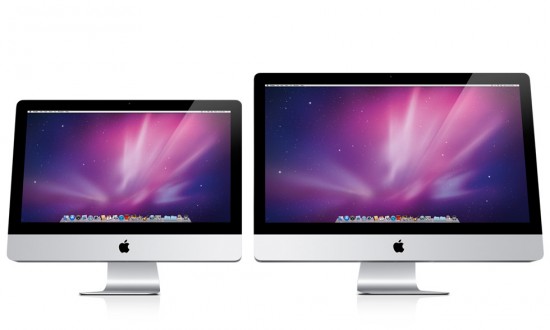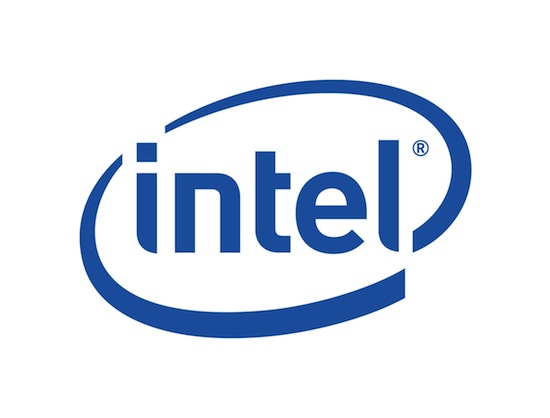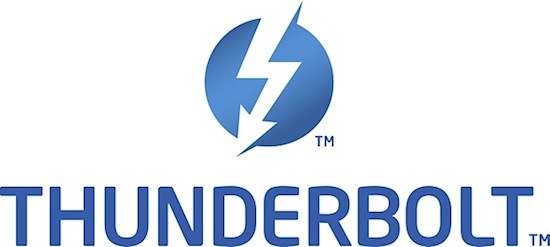Yesterday Apple launched the newest line of iMacs sporting Intel’s newest Sandy Bridge processors, Thunderbolt interconnect, AMD graphics and a HD FaceTime camera.
The newest iMacs have been rumored for a Spring refresh sometime in April or May. Following the MacBook Pro refresh earlier this year which included Intel’s latest Sandybridge processors and Thunderbolt, a new interconnect that promises 10 Gbps of data transfer, it was rumored the newest iMacs would adapt the new features of their mobile brethren.
Minor upgrades include a HD FaceTime camera allow video chats up to 720P with other iMacs and MacBook Pros (current models). Chats with other devices are scaled down to Standard Definition.
The newest iMacs can also be upgraded with a support 256GB Solid State Drive. The faster second flash drive would compliment the 500GB, 1 or 2TB Hard Drive in an iMac by storing the operating system on itself and booting much faster.
The iMac still retains its 21.5 and 27-inch screen starting while keeping the same $1,199.00, $1,499.00, $1,699.00 and $1,999.00 price points.
AMD Graphics
Continuing the trend of a shift towards Intel’s and AMD’s newest processors is the iMac’s adoption of AMD’s newest Radeon graphic processors.
The baseline Mac sports a Radeon HD 6750M packing 512MB of DDR5 memory which was previously the high-end GPU on the 27-inch iMac. The most expensive iMac switches GPUs for the more powerful Radeon HD 6970M with 1GB of DDR5 memory expandable to 2GB.
Sandybridge
The previous generation used Intel’s dual-core i3 and i5 processors with a quad-core version being used exclusively with the high-end 27-inch iMac.
Today’s announcement brings quad-core i5 Sandybridge processors to all models of iMac. Processor speeds of 2.5GHz 2.7GHz for the 21.5-inch and 2.7GHz to 27-inch iMac respectively. Build to order options can boost the lower end iMac to 2.8GHz and a 3.4GHz processor can be added to the 27-inch iMac.
Thunderbolt
Today’s newest iMacs bring Thunderbolt connectivity with the high end model containing two ports.
Both iMacs support the 10Gbps up and down speeds of Thunderbolt but bring an interesting feature not available on the MacBook Pro: either machine can act as a secondary display.
Since the addition of Mini Displayport on the iMac line, accessory makers have created dongles and adapters that force the iMac to act a display first or connect to an external device like a Blu-Ray player. While less than conventional solutions existed for the low-end iMac, the larger version could support a video connection and act as a standalone display. This feature dubbed Target Display Mode has been modified with the new generation of iMacs. You can connect a MacBook Pro with a Thunderbolt connection to the newest iMac which then acts as a display for your laptop. Unfortunately this feature doesn’t work with older Macs that only have a Mini Displayport — the feature is Thunderbolt only.
Ironically the biggest news to come from Apple’s new iMac announcement is Thunderbolt’s capabilities. To further show how powerful these new machines are, Apple has been sending iMacs out to reviewers encouraging them to connect multiple displays. Utilizing both Thunderbolt ports on the 27-inch iMac, Engadget was able to hook up two 30-inch displays giving them a combined 87-inches of screen real estate.














